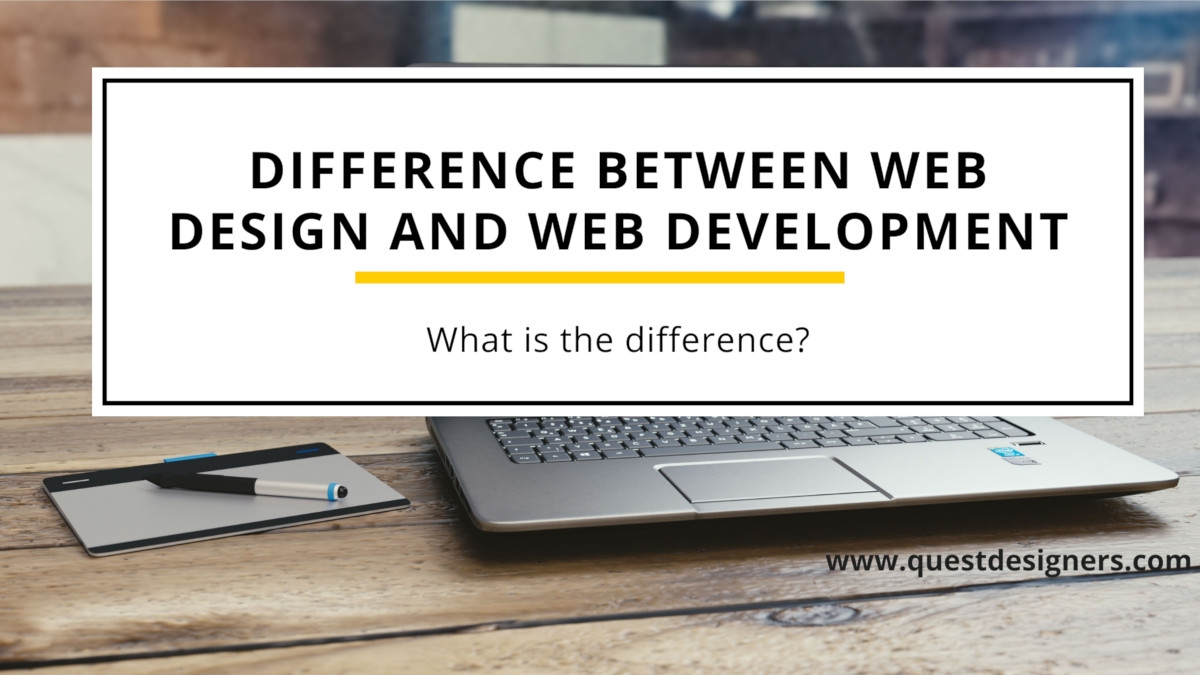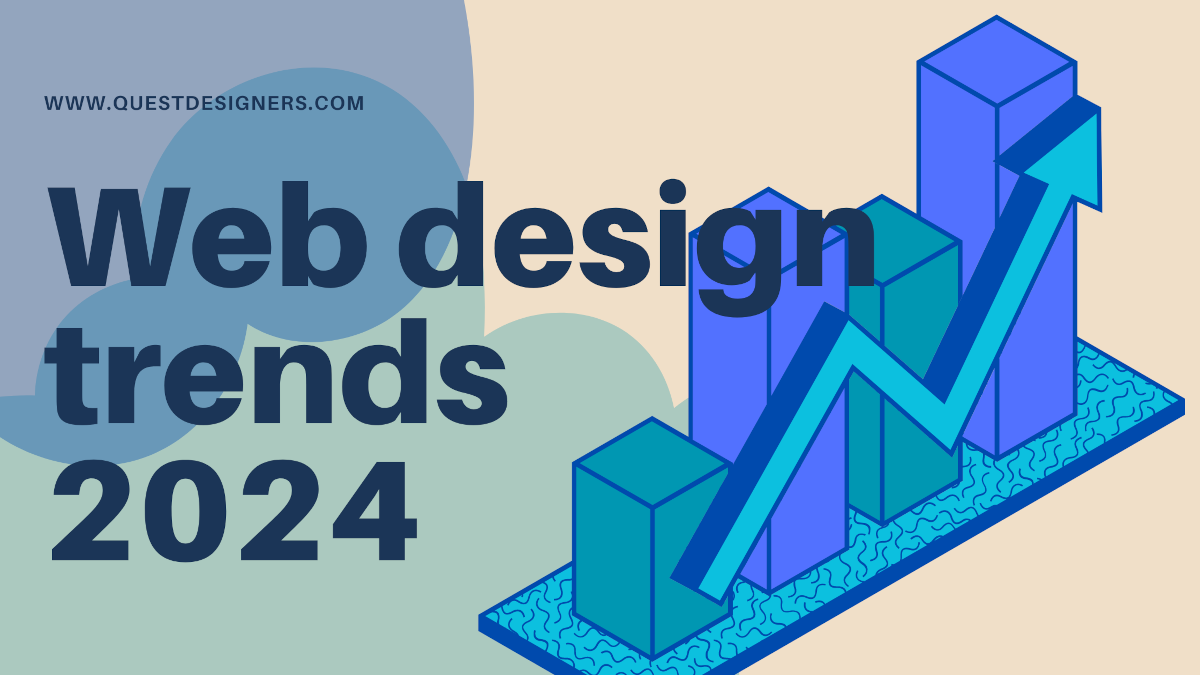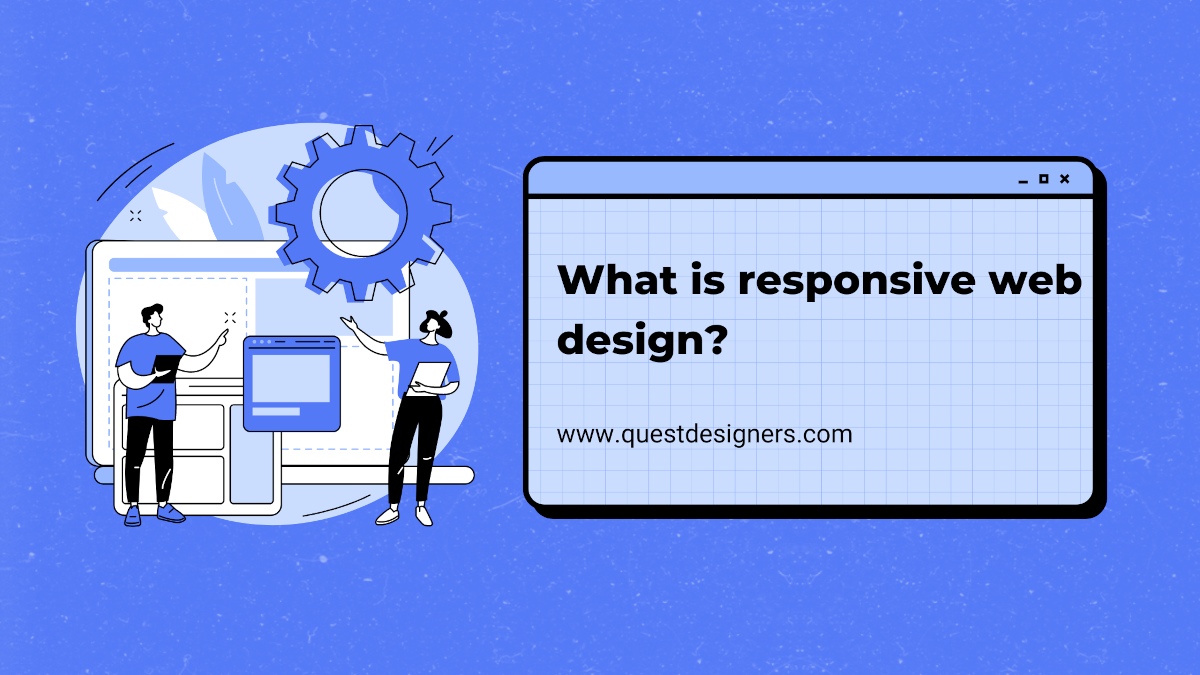In the process of building a website, web design and web development are often used interchangeably.
Most people think that these two terms are somehow similar, but the truth is, they are different from each other.

Web design, in general, pertains to the aesthetics and usage of the website – the layout, design, and the other visual elements — that makes a website attractive and useful. In short, web designers make a “rough draft” of a website.
On the other hand, web development requires a web design and transforms it into something functional through coding and programming, as well as the navigation features that will allow interaction with and among users.
This is more like the “actual” look and feel of a website.
Read further for an in-depth explanation.
Web design, in general, pertains to the aesthetics and usage of the website – the layout, design, and the other visual elements — that makes a website attractive and useful. In short, web designers make a “rough draft” of a website.
On the other hand, web development requires a web design and transforms it into something functional through coding and programming, as well as the navigation features that will allow interaction with and among users.
This is more like the “actual” look and feel of a website.
Read further for an in-depth explanation.
Web Design
Before a website can be built, the first thing that must be planned and developed is its design.
A web designer transforms a single thought, idea, or even a story, into an attractive website.
They develop the website’s usability and aesthetics – how a website would look in a user’s eyes, as well as how it would feel when it is used.
Web designing requires skilled individuals who have the capability to produce excellent designs.
The main tasks of a web designer are:
- Constructing a layout for a website using software like Adobe Illustrator, Photoshop and Sketch
- Developing and showing excellent skills in designing logos and graphics
- Creating a design that provides good user experience
- Keeping themselves updated with the latest trends in designs, and
- Keeping the webpages’ layouts and designs consistent and user-friendly.
Like an architect drawing a design for a house before an engineer will start to build it, a web designer provides the design as well as the layout of a website before a web developer will program it and make it functional.
To start designing a website, a web designer first considers the objectives of a website to be able to visualize its final look.
Clients who hire web designers often indicate the objectives of the website they want to build to help the designers create a design.
The web designer then makes the website’s wireframes.
Finally, the web designer develops the design for the website – the website’s layout, pages, as well as the other aesthetics needed.
A web designer does not make designs out of random thoughts and ideas to provide a good look for a website; they follow principles for designing websites to develop an attractive plan, layout and excellent user interface.
The basic design principles that web designers use are balance, contrast, emphasis, consistency and unity.
Balance refers to the equal usage of light and heavy elements in creating a layout for a website.
Light elements include bright and small colors while heavy elements are comprised of dim and big colors.
To create a balanced design for a website, these two elements must be utilized proportionally.
Contrast is used to lure a viewer’s eye to certain parts of the website.
A web designer uses contrasting colors, sizes, shapes and textures in the website’s design to define the website’s parts.
To draw viewers to the most important section of the website, the web designer emphasizes that section using contrast.
Consistency, which can also be referred to as rhythm, is the most difficult principle to apply to a website. When used right, it results to an excellent user experience.
Unity pertains to the relationship of the different sections of the website and its whole composition.
Unity is achieved when a viewer sees the website as a whole, and not as a divided entity.
Web Development
Once a web design is completed, the web developers enter the picture.
The developers turn the layouts the designers made into a fully-functional website.
To do so, they use different web languages and tools such as Hypertext Markup Language (HTML), Cascading Style Sheets (CSS) and JavaScript (JS).
The main tasks of a web developer are:
- Building an interface based on the design made by web designers which will provide good user experience to the users
- Structuring and coding websites with the use of software such as Integrated Development Environment or IDE, and
- Keeping a history of the previous versions of the website they are building to keep track of their progress or restore to any version in case an error occurs.
We divide web development into two section
- Frontend development and,
- Back end development
Front-end developers are in charge of the aesthetics of the website.
They are the ones who code and program the website’s design and layout through the use of Integrated Development Environment or IDE and styling preprocessors.
Often, a front-end developer utilizes Hypertext Markup Language to construct the website’s structure.
Website developers use CSS and JavaScript to define the layout and the visual elements of the website.
On the other hand, back-end developers deal with more complex programming codes as well as the codes for the interaction and navigation of users on the website.
You give them the control of the server requests. They focus on the functionalities and the usability of those functionalities – the buttons, navigation as well as the user interaction.
Back end development
Back-end developers use languages such as MySQL and PHP in creating the support system or the “backbone” of a website.
They construct the database connections of the website by directly connecting it to a server. Also, when a website involves the use of dynamic data, back-end developers come into action.
Do not be confused with web design and web development. Although these two are related to each other, they are not to be used interchangeably.
Web design is the basis of web development; without a web designer who will provide the design, a web developer cannot immediately start with his job.
On the other hand, without a web developer, a web designer’s design would not be made into a functional website.
You can check also:

Web Design Trends 2024
It is important for web designers to keep up with trends. Your website contains all relevant information pertaining to your … Read more about Web Design Trends 2024

What is responsive web design?
Responsive web design refers to a website that has HTML code that enables it to adapt to changes in viewpoint … Read more about What is responsive web design?

Top 5 Web Design Companies In Kenya 2024
Placing your brand on the internet/web is one of the surest ways of expanding your business in 2024 Your website … Read more about Top 5 Web Design Companies In Kenya 2024

How to choose a suitable .co .ke domain name
Domain names are the foundation of the internet. A super quality and brilliant domain name will contribute to a successful … Read more about How to choose a suitable .co .ke domain name

Comments